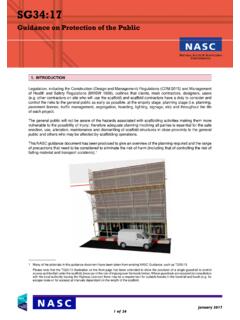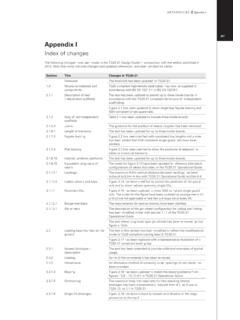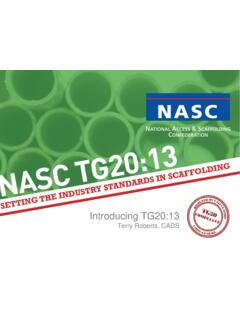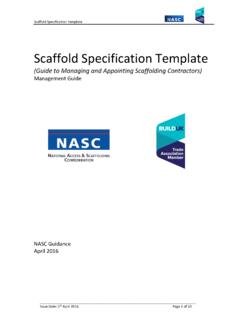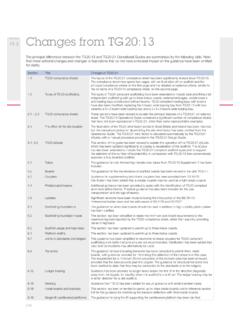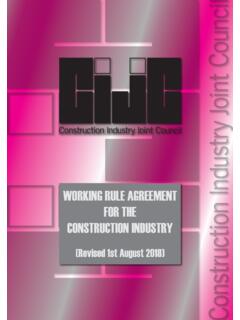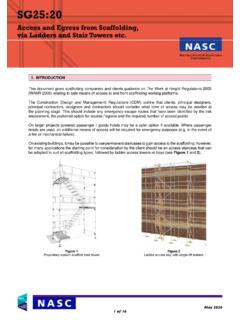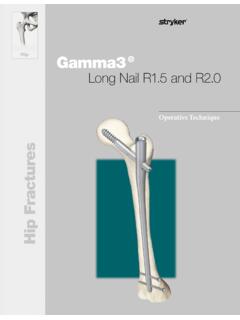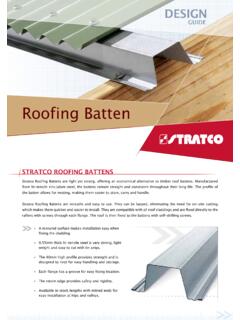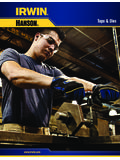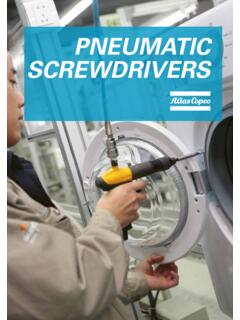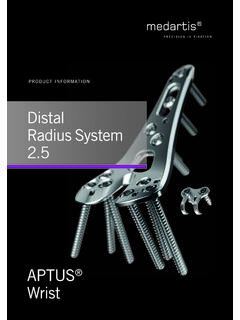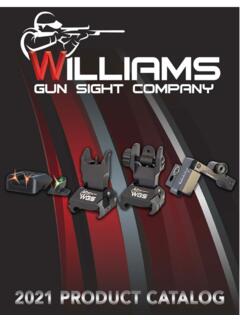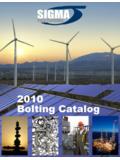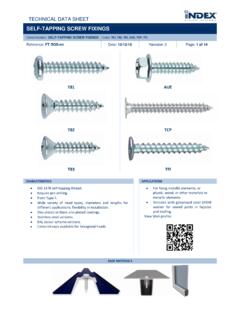Transcription of TG4:19 - NASC
1 TG4:19 . Anchorage Systems for Scaffolding Index Page 1 Introduction 2. Terminology 2. Approach 3. 2 Selecting anchors for tying scaffold structures 3. General 3. Linkage to the scaffold 3. Suitability of the base material 4. Suitability of the structure 5. 3 Tie loads 5. General 5. Working loads, allowable loads and design approach 5. Implementation Loading direction 6. Loads through the structure 6 This TG includes guidance for Loads through tie assemblies 7 everyone involved in scaffolding Loads on anchors 9 from managers and designers to 4 Anchor types 9 scaffolders and supervisors. Its implementation will require Drop-in expanding socket 10. companies to set out and make self -tapping screws 10.
2 Clear to all staff their policy Nylon plug anchors with screw -in eyes 12 regarding the anchors they use, Resin stud and socket anchors 13 who is responsible for testing Fixings to steel structures 14 anchors on site, who should be Fixings to timber structures 14 referred to in case of problems with 5. Installing anchors 15 anchor capacity and how information on working loads for General 15. each anchor type in each project is Embedment depths 16. communicated to scaffolders etc. It Anchor positioning 16 will require training of key staff in 6 Testing anchors 18 testing of anchors and of all Preliminary tests 18 scaffolders in the correct selection Proof tests 19 and installation of the anchors to be used.
3 It will require method Regular examination 20. statements on installation and Test Procedures 20. testing to be established and made 7 Removable and re-usable fixings 21 available to those who need them. References 21. NASC Rev E' Mar 2019. 1 of 24. 1. INTRODUCTION. This Guidance Note covers the use of drilled in anchors used to tie scaffolding to a building structure. It takes account of requirements of the NASC document TG20:13 Guide to Good Practice for Scaffolding with Tubes and Fittings[3]. The stability of a scaffold structure is dependent, among other things, on the security of the anchors used to tie it back. That security depends on anchors being correctly selected and installed and, where necessary, tested.
4 This Guidance Note sets out the factors to be considered to achieve this. Guidance is given primarily for designers of scaffold structures in order that they can specify anchors and testing regimes correctly. Recommendations for correct installation are also made and are included in summary sheets for the use of installers[4]. This guidance is given in good faith but where particular anchor types are discussed the guidance from the manufacturer concerned must take precedence. No liability can be taken by the NASC for any adverse consequences arising from this guidance being followed. Background This edition is revised from the version published in 2011 (TG4:11) which is withdrawn.
5 The main changes in this edition are: Advice on the use of Nylon PA6 and PA66 plugs and screw in eyebolts see section Warnings regarding the use of plastic plugs see sections and . Explanation of safety factors required for Preliminary Testing of Nylon PA6 and PA66 anchors see section The potential for corrosion Terminology In this Guidance Note the terms listed are taken to have the following meanings: Allowable Load The load which may be applied to the anchor as determined from Preliminary tests on site when there is no manufacturer's Recommended Load data available for the base material Anchor A component installed in the building structure to transfer the necessary forces between the tie and the building structure, it may be temporarily or permanently fixed into the structure.
6 Anchorage The combination of anchor, a fixture a bracket, and the immediately surrounding base material on which the anchor depends in order to transfer the relevant forces. Masonry Brickwork, stonework and concrete blockwork Masonry unit Individual brick, block or stone within a masonry wall. Recommended Load The actual load which may be safely applied to the anchor as quoted by the manufacturer for a specific base material. Tie A component used to connect the scaffold structure with the building structure via an anchor NASC. 2 of 24. Tie assembly The combination of tie and anchor Working Load The load to be applied to the anchor according to the design, also known as Applied Load.
7 It may be taken from tables in the NASC document TG20 Guide to Good Practice for Scaffolding with Tube and Fittings or calculated from first principles. In designs to Eurocode 2 the equivalent term is Characteristic action [5]. Approach APPROACH TO ENSURE SAFE FIXINGS. Check structure will support required loads Choose an anchor suitable for the base material Know the working load Concrete Masonry Check working load is lower Do preliminary tests as than recommended load required in section Chosen anchor to be installed by Competent Fixings Installer Sample of anchors on every job to be proof tested by Competent Fixings Tester as section 2. SELECTING ANCHORS FOR TYING SCAFFOLD STRUCTURES.
8 General Aspects which need to be considered in selecting anchors for tieing scaffold structures are: The type of linkage to the scaffold structure The base material and suitability of the structure Working load compared to recommended or allowable load The way loads are transferred through the ties and the direction they are applied tension, shear, bending or a combination. The need for testing The potential for corrosion Linkage to the scaffold Restrictions on the use of Drop-in type expansion anchors in brickwork together with developments in new fixing methods means that the traditional scaffold ringbolt with a large eye and long shank threaded M16, as illustrated below, is used much less than before.
9 A wider range of methods of linking scaffolds to buildings is now available, some are described below others in sections and 4. Proprietary ties should be fixed with anchors approved by the tie manufacturer whose loading data should be taken into account. Most system scaffolding will deploy traditional tie equipment in the same way as tube and fittings; also used are special link tubes with hooks. These will attach to eye type fixings with internal eye diameters typically of 20 24mm. NASC. 3 of 24. Restraint with wire or band through rings or eyes will transfer only tensile loads so compression loads should be catered for with suitable supports butting transoms.
10 Examples of ties Ringbolt in internally Proprietary tie in Band and plate coupler Special hook in Nylon threaded socket socket anchor in socket anchor plug and screw in eye anchor M16 threaded rod set in socket Threaded coupler on Threaded coupler anchor and sheathed by tube under stud projecting anchor welded to base plate compression to avoid buckling Suitability of base material Not all anchors are suitable for use in all materials. A guide is given in section 4 but manufacturer's guidance should be checked and will take precedence over the guidance given here. Base material Suitable anchor types See section Concrete Drop-in expansion anchor self -tapping screws Nylon anchors with screw -in eyes Resin anchors Brickwork and self -tapping screws stonework self -tapping screws with resin Nylon anchors with screw -in eyes Resin anchors Concrete blockwork self -tapping screws Nylon anchors Resin anchors Lightweight blockwork Check strength and refer to manufacturer Timber screw -in eyes self -tapping screws Steelwork self -drilling & tapping screws Bolts for hollow sections NASC.

